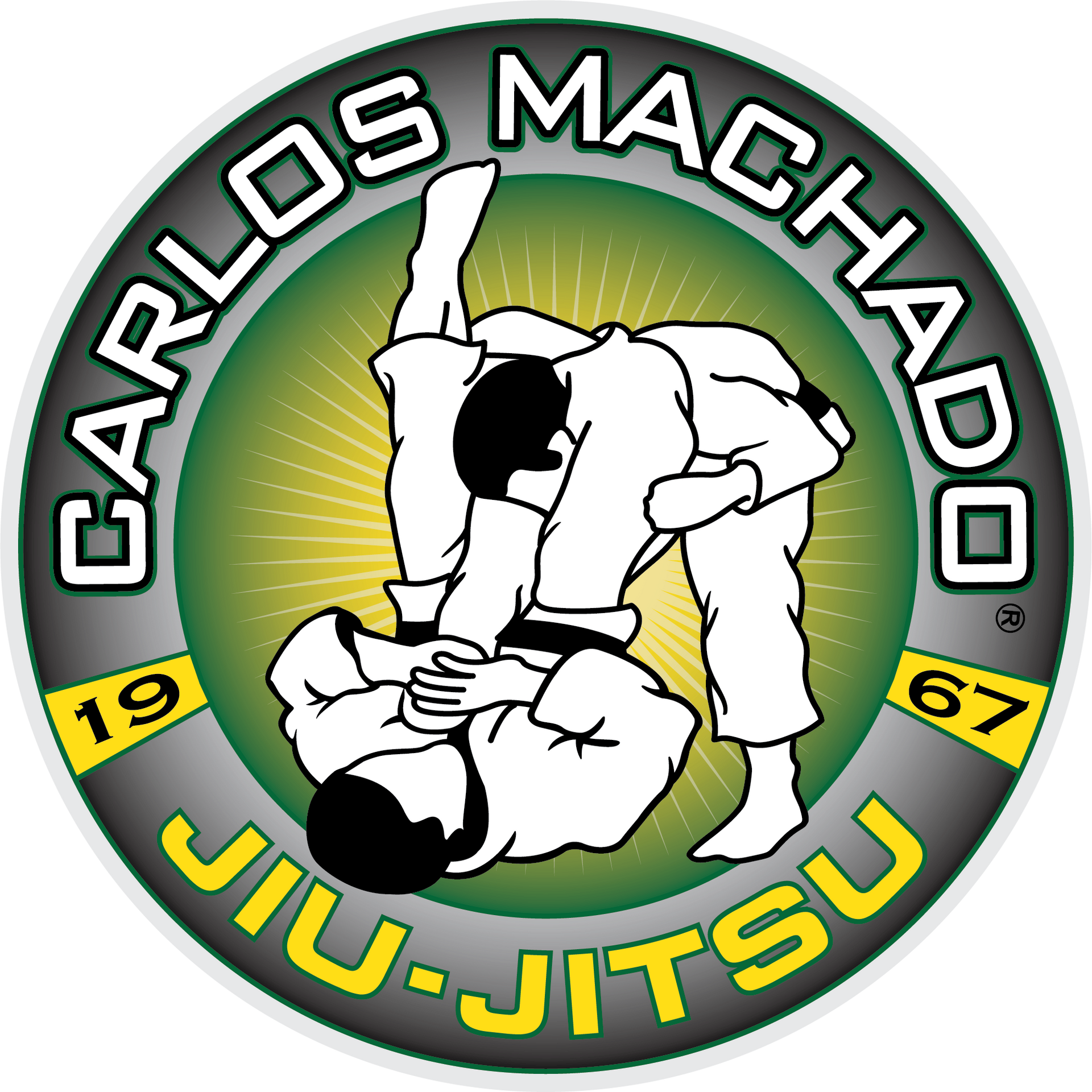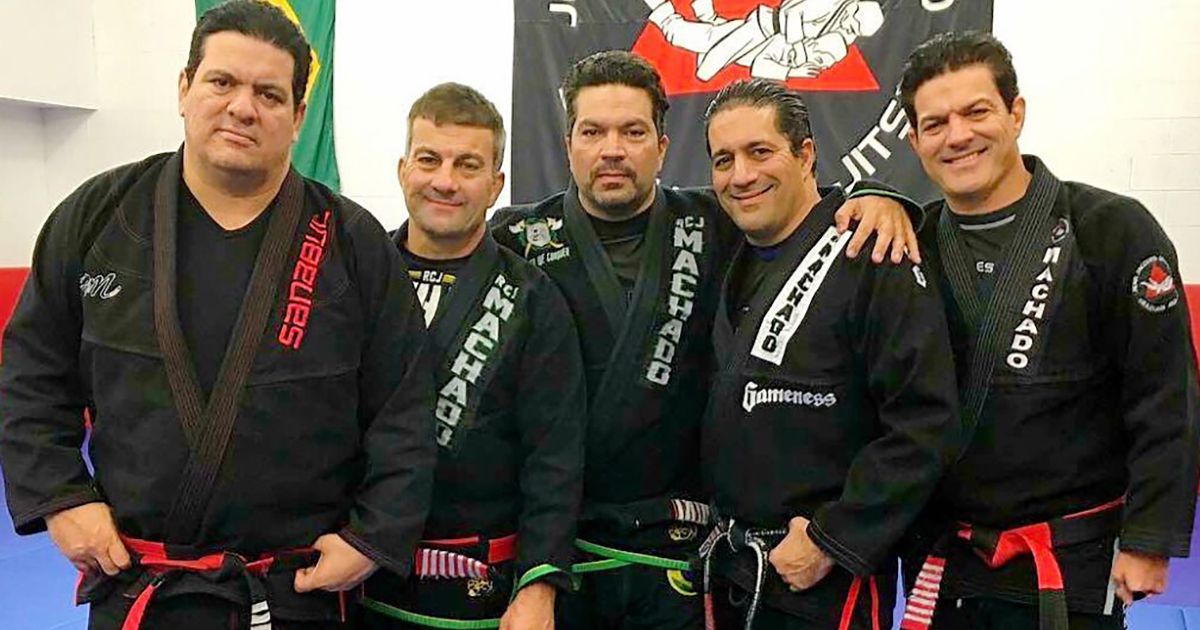Strategies and mindset: Where to start and how to play the game!
How to Train Smart and Stay Humble in Jiu-Jitsu
Jiu-Jitsu is a beautiful art that challenges your mind, body, and spirit. It is not just about physical strength or speed, but also about strategy and creativity. You have to constantly adapt to changing situations and find the best way to overcome your opponents. However, this is not easy to do, especially for beginners who lack the experience and the muscle memory to execute the techniques smoothly and effectively. Sometimes, your instincts can get in the way of your strategic thinking and improvisation. You may feel stuck or frustrated when you can't connect the dots between different techniques, or when you can't create a powerful whole out of the sum of its parts.
To achieve a wholesome game, one that can handle any challenge and exploit any opportunity, you need to develop patience and consistency. You need to practice your techniques repeatedly until they become second nature, and then test them against different levels of resistance and opposition. This will help you sharpen your skills and build your confidence. In this blog post, I will share with you some of the strategies that I have used and taught over the years to help you improve your jiu-jitsu game. These strategies are based on my own experience as a practitioner and instructor of jiu-jitsu for over 40 years, as well as on the teachings of my family, the Machado Brothers, who are pioneers of jiu-jitsu in the United States.
Building Thresholds
A threshold is the point at which a technique becomes effective and reliable, regardless of the opponent's reaction or counter. A single move is forged into a powerful technique by adding more opposition and imaginable scenarios of deliberate sabotage against that same move. For example, if you want to master an armbar from the guard, you need to practice it against opponents who try to stack you, pull their arm out, twist their body, or do anything else to escape or prevent the submission. You need to adjust your grip, angle, leverage, timing, and movement accordingly, until you can apply the armbar successfully in any situation. This is how a chess game is born out of jiu-jitsu. Each technique becomes a piece that can be used in different ways depending on the context.
Building thresholds will help you refine your techniques and make them more effective and efficient. You will also learn how to deal with different types of opponents and situations. You will discover the strengths and weaknesses of each technique, as well as the best ways to combine them or transition from them.
Anticipating Apocalypse Scenarios
These are the worst-case scenarios that can happen when applying a technique, such as losing balance, getting reversed, getting injured, or getting caught in a submission yourself. You need to train your mind to be aware of all the variables that can make a move go wrong, such as reactions, luck, wit, and everything else in between. You also need to train your body to react quickly and appropriately when things go south. For example, if you attempt a sweep from the guard but get countered with a leg lock, you need to know how to defend yourself and escape from the leg lock before it's too late. You also need to know how to recover your guard or transition to another position or technique.
Anticipating apocalypse scenarios will make you more prepared and resilient in your jiu-jitsu game. You will also learn how to turn disadvantages into advantages, or how to minimize damage when things don't go your way. You will develop a problem-solving mindset that will help you overcome any challenge.
Creating Forward and Backward Flows
This is the ability to connect multiple techniques in a logical and seamless manner, both offensively and defensively. You accumulate a certain number of skills, which can be played orderly from tech 1 to tech 2 to tech 3, and switched back from tech 3 to tech 2 and so on. A failed sweep attempt can turn into a successful choke, a failed choke attempt can become a successful sweep combination. Moves connect quite well in a back and forth fashion. For example, if you try to pass the guard with a knee cut but get blocked by their opponent's knee shield, you can switch to an x-pass or a leg drag instead. If those also fail, you can go back to the knee cut or try something else. The forward and backward flow allows you to adapt to your opponent's defense and offense without losing momentum or control.
Creating forward and backward flows will help you improve your transitions and combinations in jiu-jitsu. You will also learn how to use timing, angles, momentum, and other factors to capitalize on your opponent's mistakes or openings. You will develop a fluid and dynamic game that will keep your opponent guessing.
Combining Basic Moves into a Disorderly Flow
This is where creativity and improvisation come into play. Anyone who can perform three techniques in succession have the basic elements to multiply their application when mixing them up. You can also add variations or modifications to make them more effective or surprising. The disorderly flow will make it harder for your opponent to predict or defend your attacks. For example, if you know how to do an armbar, a triangle choke, and an omoplata from the guard, you can combine them in different ways depending on how your opponent reacts or what openings you see.
Combining basic moves into a disorderly flow will help you expand your repertoire and options in jiu-jitsu. You will also learn how to use your creativity and intuition to find solutions and opportunities. You will develop a unique and personal style that will express your personality and character.
Unleashing the Blitz
This is when you unleash a barrage of submission attempts in succession, with the intention of overwhelming and breaking your opponent's defense. Once you are savvy enough to combine skills, it is then time to increase the firepower. A concerted effort of submission attempts made in succession will dismantle most defensive games, since each subsequent move inches closer and closer to the target of accomplishing the tap. For example, if you have your opponent in a side control, you can attack their arm with a kimura, an americana, or a straight armbar. If they defend one, you can switch to another, or use the defense as an opportunity to transition to a different position or submission, such as a north-south choke, a mounted triangle, or an arm triangle. The Blitz strategy will put a lot of pressure on your opponent and force them to make mistakes or give up.
Unleashing the Blitz will help you sharpen your attacks and submissions in jiu-jitsu. You will also learn how to use speed, power, accuracy, and persistence to finish your opponent. You will develop a killer instinct that will make you a formidable fighter.
Surviving the Worst Start Case Scenarios
These are the situations where you start from the worst positions possible, such as being mounted, having someone on your back, being in a side control with heavy pressure, or being in a deep submission. You need to train yourself to survive and escape from these positions, as well as to prevent them from happening in the first place. You need to learn how to use frames, shrimps, bridges, rolls, and other movements to create space and leverage. You also need to learn how to use grips, hooks, underhooks, and other controls to prevent your opponent from advancing or stabilizing their position. You also need to learn how to use timing, angles, momentum, and other factors to capitalize on your opponent's mistakes or openings. For example, if you are mounted by your opponent, you can use your elbows and knees to create a frame against their hips and chest. You can then use your hips to bump them off balance and trap one of their arms and legs. You can then roll them over and end up on top in their guard or side control.
Surviving the worst start case scenarios will help you improve your defense and escapes in jiu-jitsu. You will also learn how to deal with pressure, pain, fear, and frustration. You will develop a survival mindset that will make you more comfortable and confident in any position.
These are some of the strategies that I have used and taught over the years to help you improve your jiu-jitsu game. They are not meant to be rigid or fixed, but rather flexible and adaptable. You can modify them according to your own needs and preferences. The most important thing is to have fun and enjoy the journey of learning jiu-jitsu. Remember that jiu-jitsu is not only a martial art, but also a way of life. It teaches you valuable lessons that you can apply in all aspects of your life.
Train Smart and Stay Humble!





